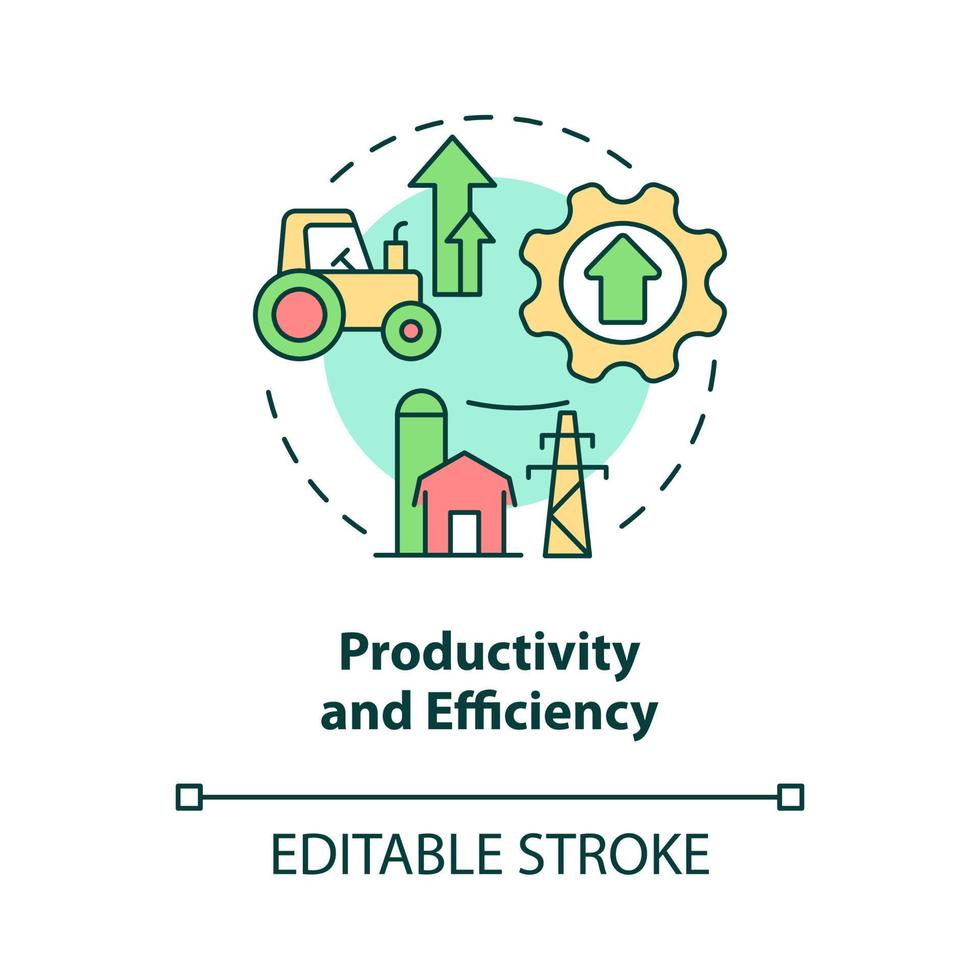When it comes to selecting a system, whether for personal or professional use, weighing the pros and cons is crucial. This guide delves deep into dissecting different systems to provide a comprehensive analysis. Understanding the advantages and disadvantages of each system allows users to make informed decisions that align with their needs and preferences. From technology and software to management and communication systems, this blog will explore the nuances of each, shedding light on their strengths and weaknesses. By the end of this guide, readers will have a clearer picture of what to consider when navigating through the plethora of systems available, ensuring they choose one that best suits their requirements.
Introduction to Various Systems
Various systems play a crucial role in different industries and settings, each with its own set of advantages and disadvantages. Understanding these systems is essential for making informed decisions.
Operating Systems
Operating systems are the backbone of any computing device providing the necessary interface between hardware and software. They determine the user experience and overall system performance.
Popular operating systems include Windows, macOS, and Linux. Each has its unique features and target audience.
Image Processing Systems
Image processing systems are widely used in photography, medical imaging, and artificial intelligence applications. These systems enhance, analyze, and manipulate images to extract valuable information.
- Digital image processing involves enhancing images through algorithms.
- Medical imaging systems aid in diagnosing diseases through advanced image analysis.

Advantages of System A
System A offers several advantages that make it a valuable choice for various applications. One key benefit is its efficiency in handling large volumes of data, allowing for smooth operations even with complex processes.
Enhanced Security Features
System A provides advanced security protocols, ensuring data protection and safeguarding against cyber threats. This feature is crucial for businesses dealing with sensitive information.
Moreover, the encryption capabilities of System A add an extra layer of security, offering peace of mind to users.
Scalability and Flexibility
Another advantage of System A is its scalability. Businesses can expand their operations without worrying about system limitations, as System A can easily accommodate growing needs.
Furthermore, the flexibility of System A allows for customization based on specific requirements, ensuring that users can tailor the system to meet their unique needs.
Disadvantages of System A
System A, while offering various benefits, also comes with its own set of disadvantages that need to be considered:
Limited Scalability
One of the major drawbacks of System A is its limited scalability, which might hinder its ability to grow with the business.
Compatibility Issues
System A may face compatibility issues with certain software or hardware components, leading to integration challenges. It often requires additional customization which can be time-consuming.
Security Vulnerabilities
System A may be prone to security vulnerabilities, putting sensitive data at risk. It is crucial to implement robust security measures to mitigate these risks effectively.

Advantages of System B
System B offers several advantages that make it a popular choice for many users. One key benefit is its user-friendly interface, which simplifies navigation and enhances user experience.
Enhanced Security Features
System B provides robust security measures to protect sensitive data and prevent unauthorized access. This ensures data integrity and confidentiality for users.
Scalability and Flexibility
System B is designed to scale seamlessly as businesses grow, allowing users to expand their operations without encountering performance issues. Its flexibility enables customization to meet specific needs.
- Scalability for business growth
- Customization options
Disadvantages of System B
While System B has its advantages, it also comes with several disadvantages that need to be considered before implementation. These drawbacks can impact the overall efficiency and performance of the system.
Lack of Customization Options
One major disadvantage of System B is the limited customization options it offers. Users may find it challenging to tailor the system to their specific needs, leading to potential inefficiencies in workflow.
Moreover, what are the pros and cons of each system must be carefully evaluated to determine if the lack of customization might hinder the overall operation.
Compatibility Issues
Another drawback of System B is compatibility issues with other software or systems. This can result in integration challenges, data loss, or errors that disrupt the smooth functioning of the entire infrastructure.
- System B may not seamlessly integrate with legacy systems, causing disruptions in data flow.
- Incompatibility with commonly used software may lead to workflow disruptions and data loss.
Advantages of System C
System C offers several advantages that make it a preferred choice in various applications. One of the key benefits is its efficiency in handling complex tasks with speed and accuracy.
Enhanced Performance
System C excels in delivering high-performance results, making it ideal for projects that require quick turnaround times.
Moreover, its scalability allows for easy upgrades without compromising the system’s overall performance.
Cost-Effectiveness
Implementing System C can lead to cost savings in the long run due to its efficient utilization of resources.
- Reduced maintenance costs
- Lower energy consumption
- Increased productivity

Disadvantages of System C
While System C offers several benefits, such as efficiency and scalability, it also has its drawbacks that need to be considered.
Compatibility Issues
One of the major disadvantages of System C is its compatibility issues with certain software applications and hardware devices. This can lead to integration challenges and hinder the seamless operation of the system.
Complexity in Implementation
The complexity involved in implementing System C can be a significant drawback for organizations. It often requires specialized knowledge and expertise, leading to high implementation costs and longer deployment times.
Moreover, the intricacies of configuring and customizing System C to meet specific requirements can pose challenges for teams without adequate training or experience.
Security Vulnerabilities
Like any other system, System C is not immune to security vulnerabilities. Without proper safeguards and regular updates, it can be susceptible to cyber threats, putting sensitive data and operations at risk.
Organizations using System C need to invest in robust security measures to mitigate potential risks and ensure data protection.
Comparison of Systems
When exploring the advantages and disadvantages of various systems, it is crucial to consider the pros and cons of each system. By analyzing these factors, one can make informed decisions about which system aligns best with their needs.
Operating Systems
Operating systems such as Windows, macOS, and Linux all have unique strengths and weaknesses. Windows is known for its user-friendly interface, extensive software compatibility, but is susceptible to viruses. On the other hand, macOS offers seamless integration with Apple devices, excellent security features, yet it has limited software options. Linux provides high customization, robust security, but can be challenging for beginners.
Content Management Systems (CMS)
When it comes to CMS like WordPress, Joomla, and Drupal, each has its own set of advantages and drawbacks. WordPress is extremely popular, user-friendly, with a vast plugin ecosystem, yet it may require frequent updates. Joomla offers advanced user management, flexibility, but has a steeper learning curve. Drupal is highly scalable, secure, ideal for complex websites, but is more complex for beginners.
Frequently Asked Questions
- What are the advantages of centralized systems?
- Centralized systems offer simplified management, enhanced security, and easier maintenance.
- What are the disadvantages of decentralized systems?
- Decentralized systems may face coordination challenges, are often more complex, and can be harder to secure.
- How do distributed systems differ from centralized systems?
- Distributed systems distribute data across multiple nodes, providing fault tolerance, scalability, and potentially better performance.
- What are some examples of hybrid systems?
- Hybrid systems combine aspects of different systems, such as a combination of centralized and distributed components, to leverage their respective strengths.
- What factors should be considered when choosing a system architecture?
- Factors like scalability, fault tolerance, security requirements, performance needs, and maintenance costs should be considered when selecting a system architecture.
Final Thoughts: Weighing the Benefits and Drawbacks of Different Systems
After delving into the world of various systems, it becomes clear that each one comes with its unique set of pros and cons. The centralized system offers streamlined control and efficiency, yet it may lack flexibility and responsiveness to local needs. On the other hand, decentralized systems promote autonomy and adaptability but could lead to inconsistencies and coordination challenges.
Hybrid systems strike a balance between the two extremes, blending the advantages of both centralized and decentralized approaches. However, they require careful navigation to avoid the pitfalls of complexity and potential conflicts.
Ultimately, the key lies in understanding the specific requirements and objectives of your organization to choose a system that aligns best with your values and goals. By weighing the pros and cons carefully, you can make an informed decision that sets the foundation for long-term success.




